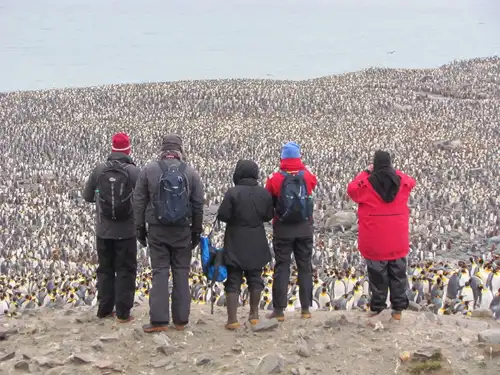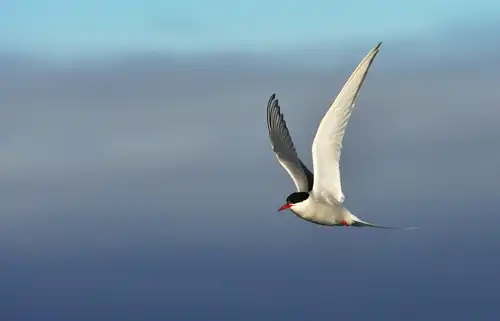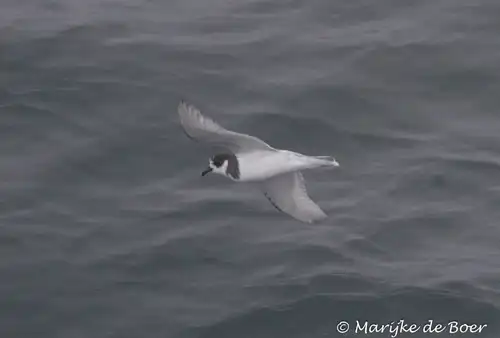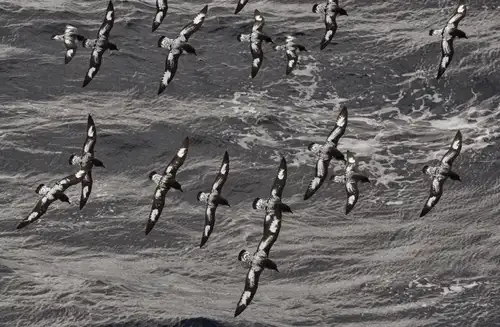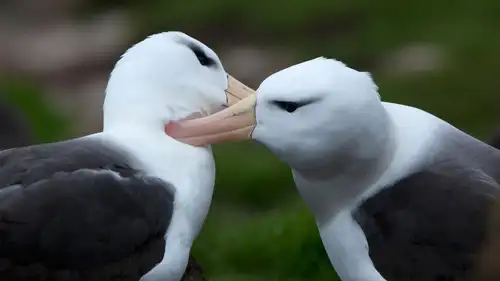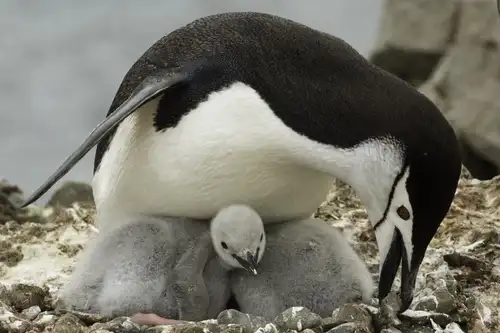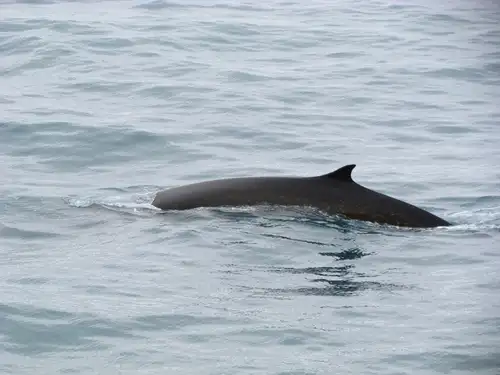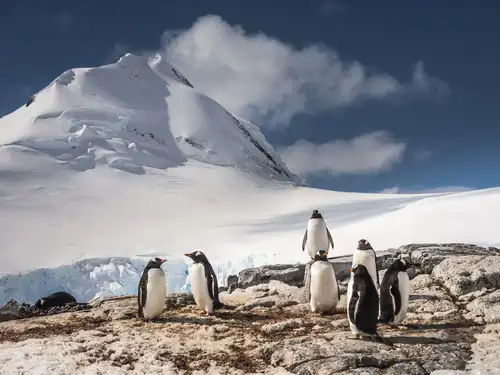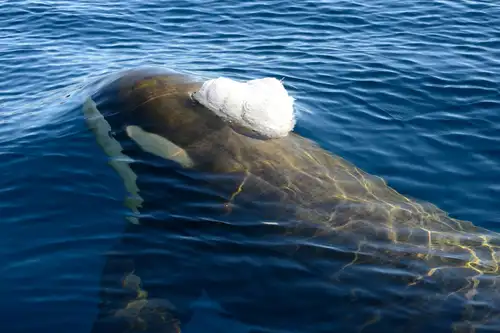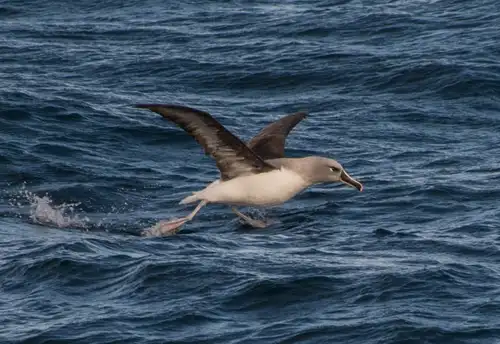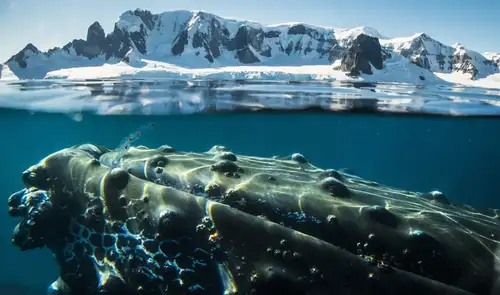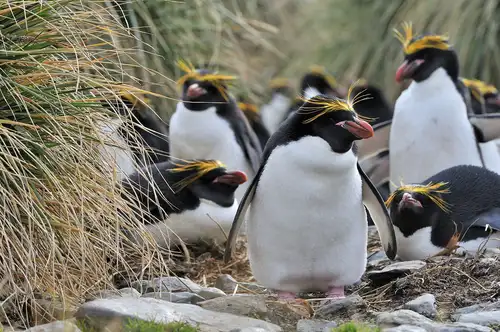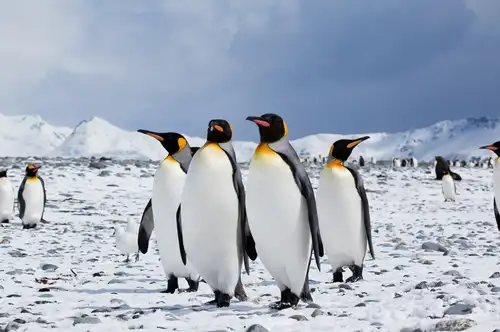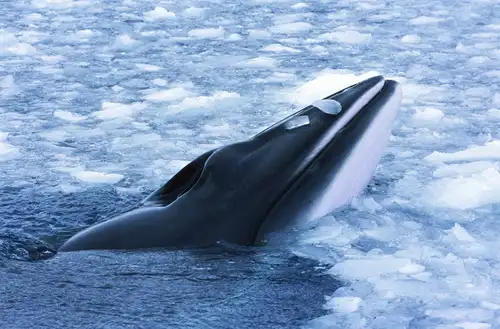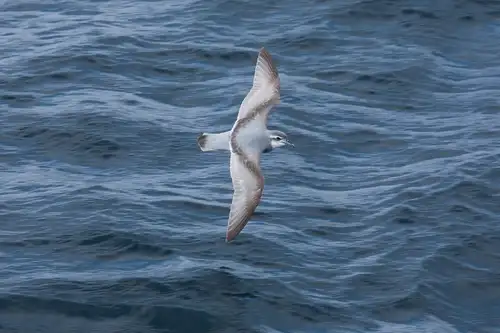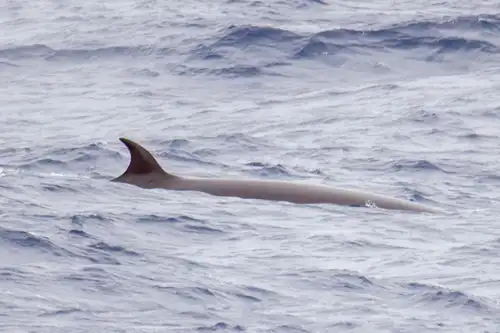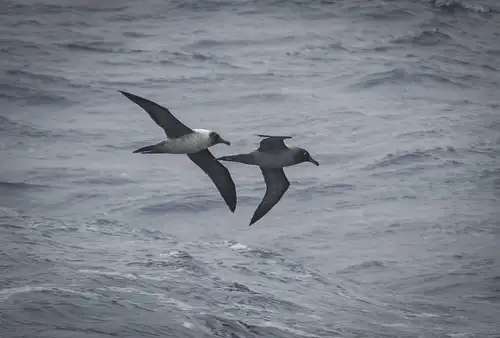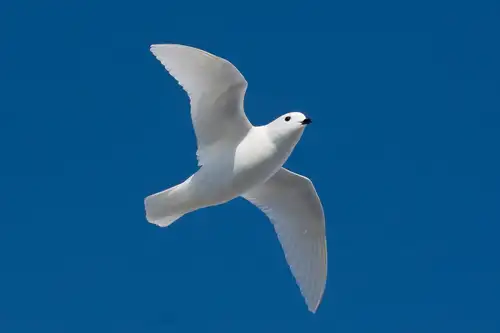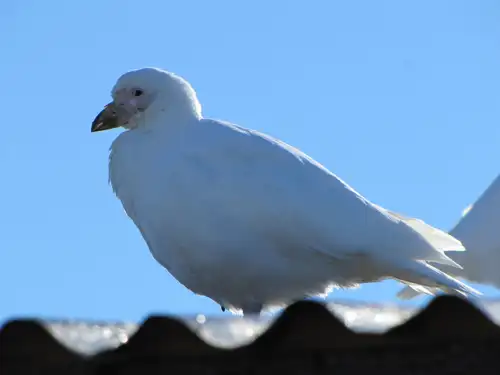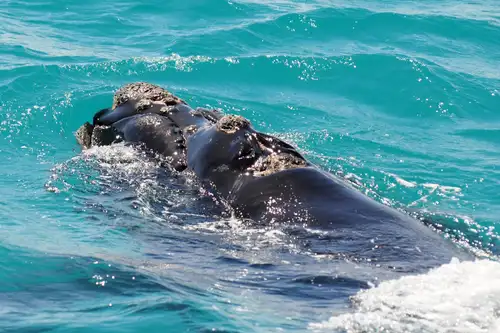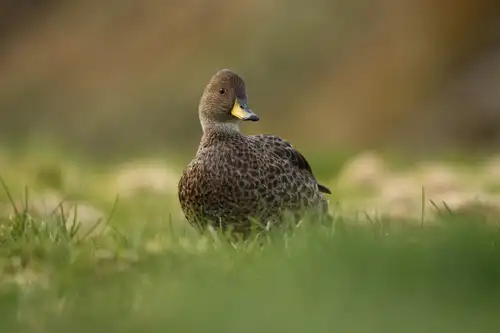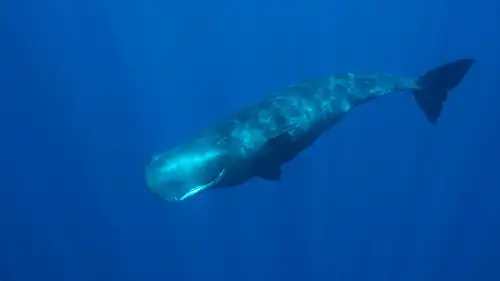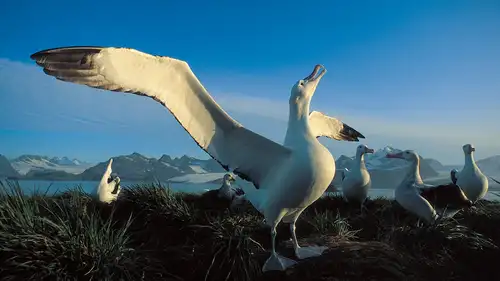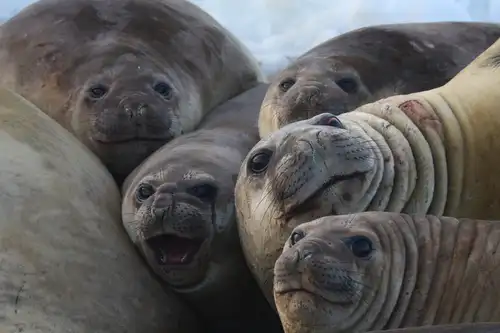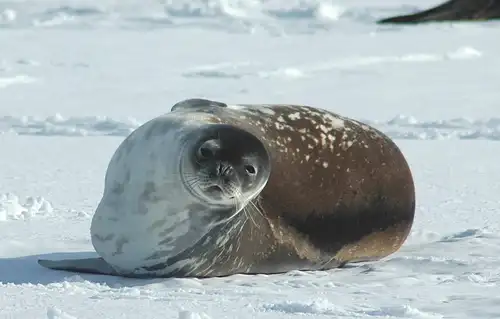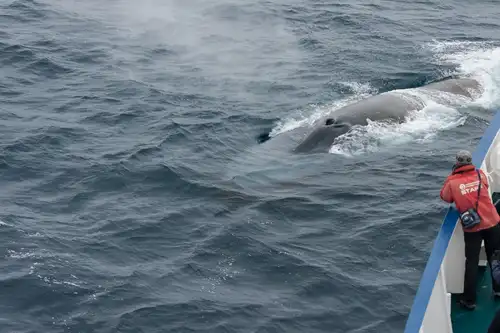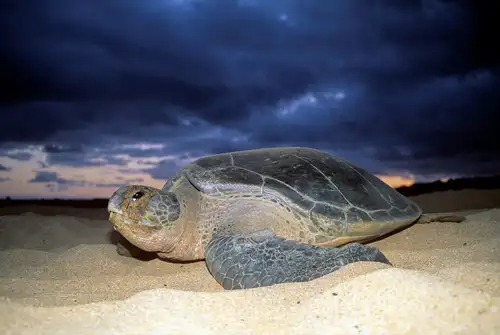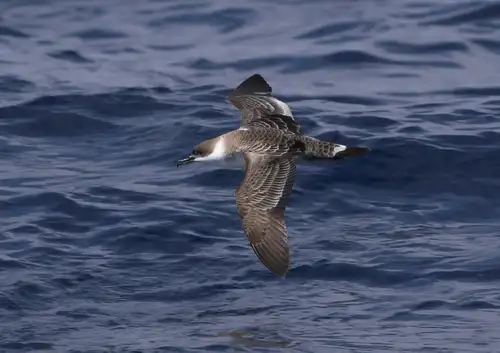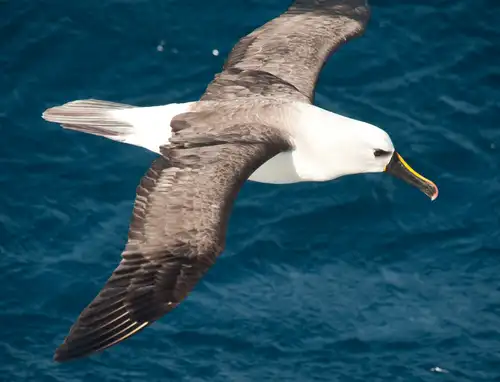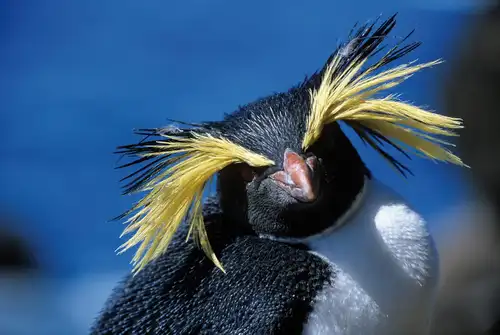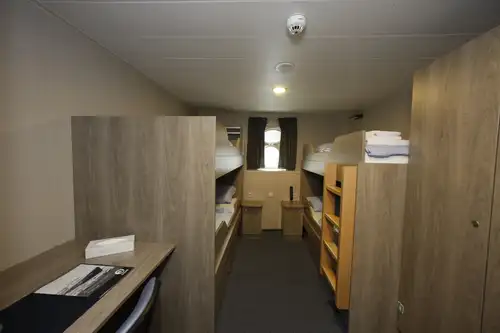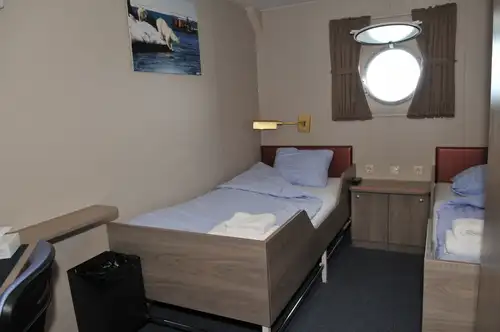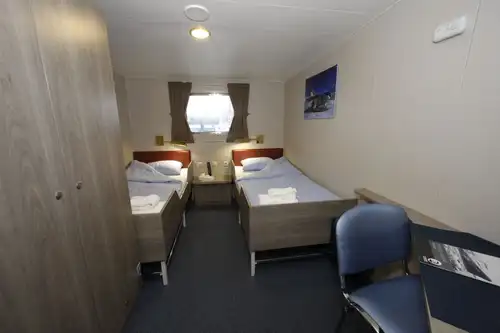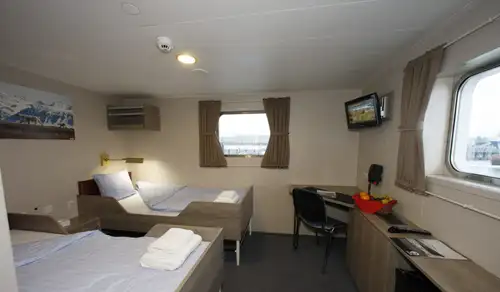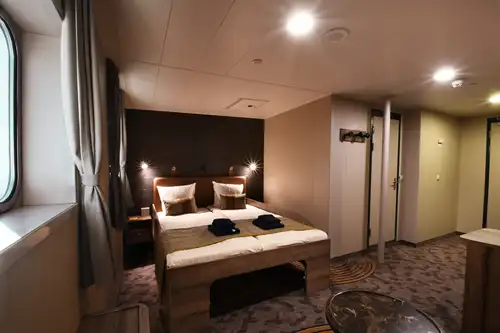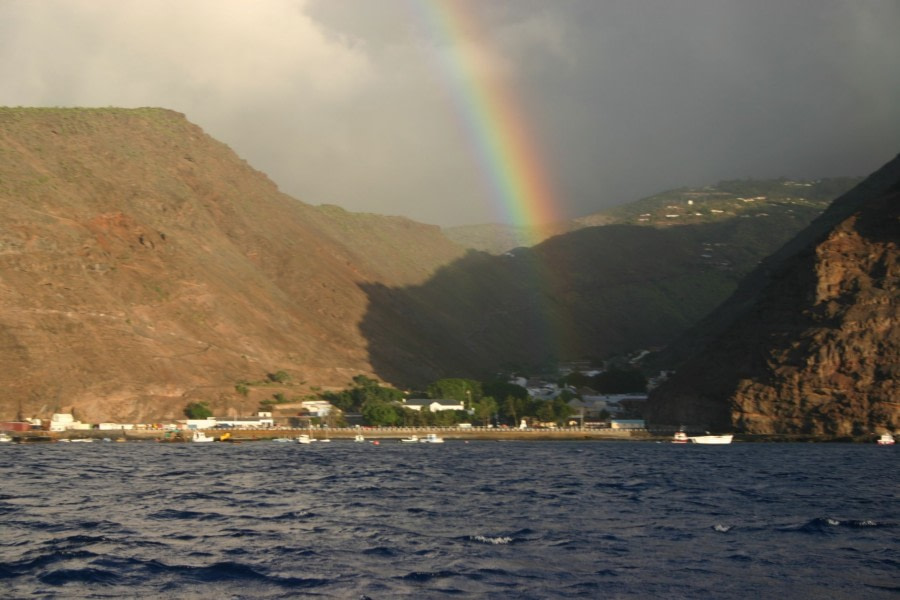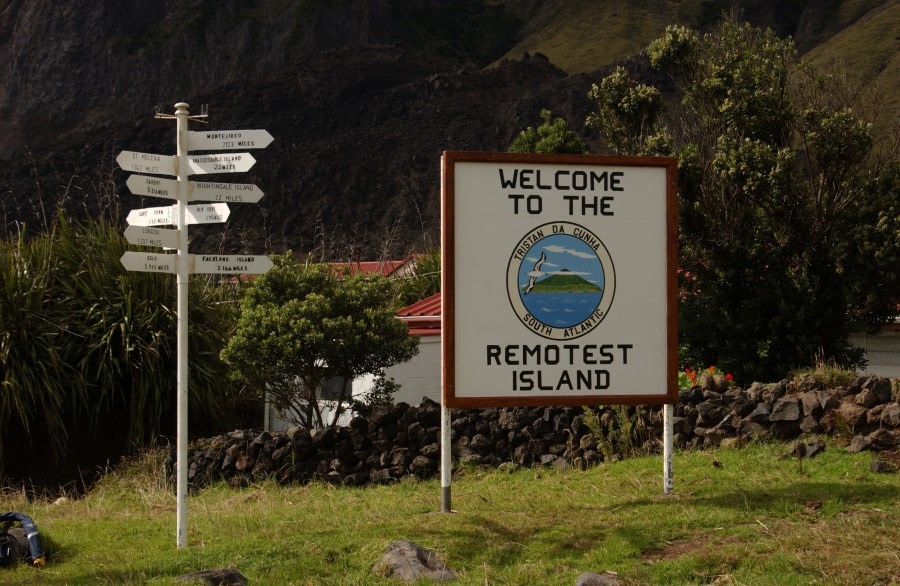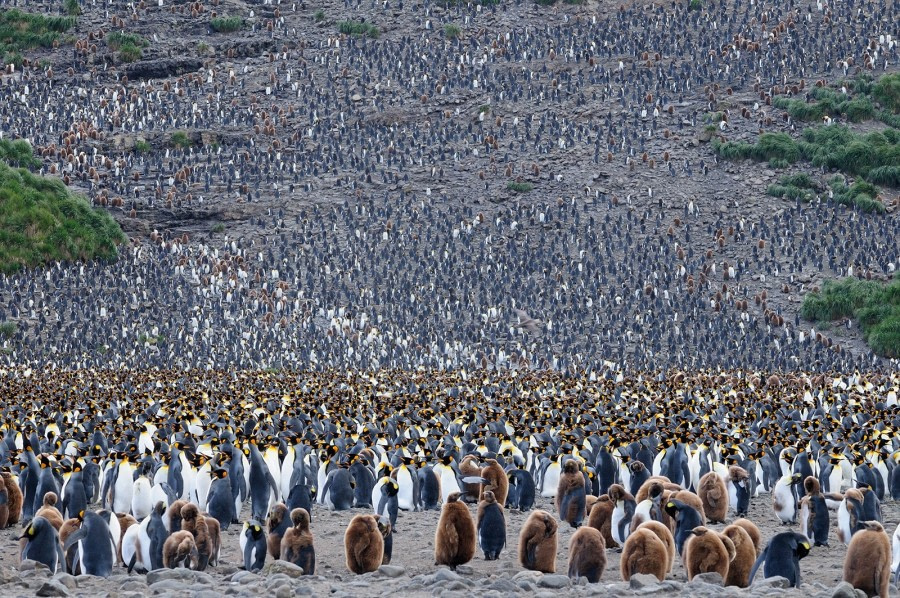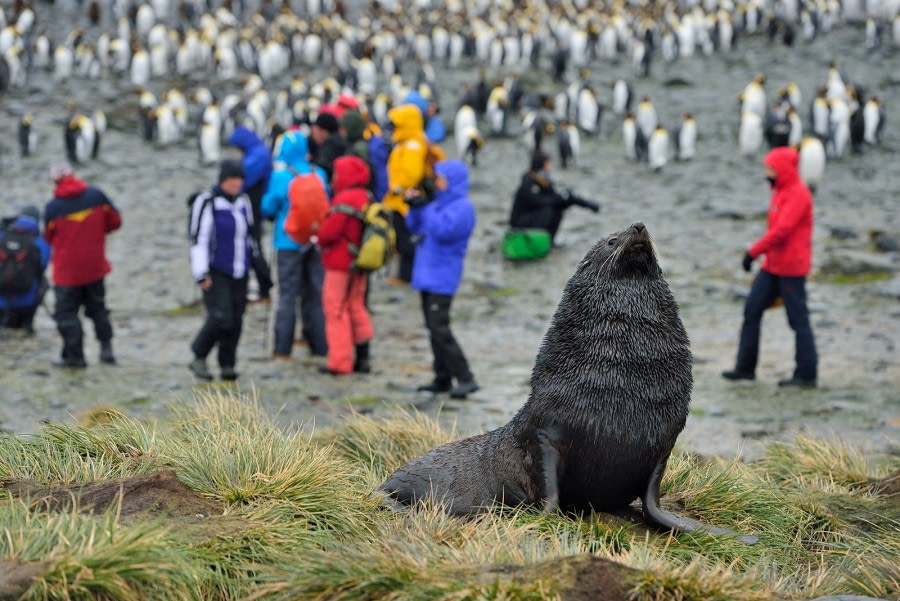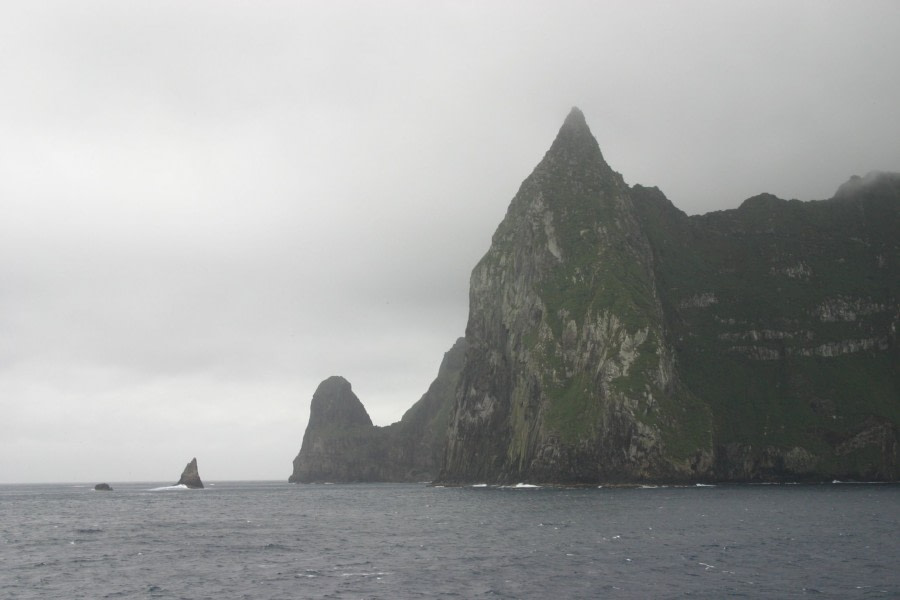 24 Days/23 Nights
24 Days/23 Nights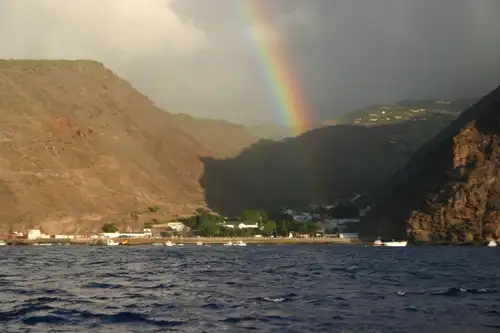
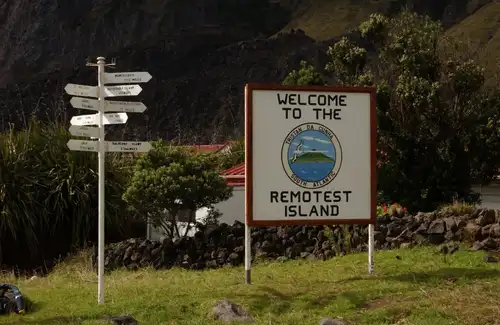
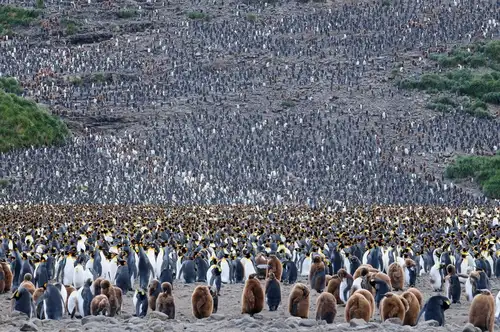
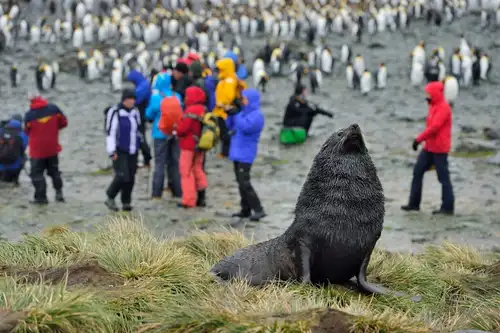

Note: All itineraries are for guidance only. Programs may vary depending on ice, weather, and wildlife conditions. Landings are subject to site availabilities, permissions, and environmental concerns per AECO regulations.
Your expedition begins where the world drops off: Ushuaia, Argentina, said to be the southernmost city on the planet, located on the far southern tip of South America. Starting in the afternoon, we set off from this small resort town on Tierra del Fuego (nicknamed “The End of the World”) and sail the mountainous Beagle Channel for the rest of the evening.
Sea route to South Georgia
Today we are on our way to South Georgia. After passing the Antarctic Convergence, which is a natural boundary formed when north-flowing cold waters collide with warmer sub-Antarctic waters, we enter the circum-Antarctic upwelling zone. Not only does the marine life change, the bird life changes, too: A variety of albatrosses and petrels show up, along with Cape pigeons and southern fulmars.
South Georgia sights
Our aim today is to visit some of the world’s top king penguin rookeries. This time of year you have a good chance of seeing these animals nesting on eggs, with their chicks nearby. The rookeries are sometimes overflowing, with penguins traveling to and from the beach.
Possible visits in this region include:
- Salisbury Plain, St. Andrews Bay, Gold Harbour – Here you can see not only the massive king penguin colony, but also elephant seals and limitless fur seal pups playing in the surf.
- Grytviken – We also have the opportunity to check out this abandoned whaling station, where king penguins walk the streets and elephant seals lie around like they own the place – because they basically do! You might also see the South Georgia Museum as well as Shackleton’s grave here.
- Cooper Bay – This is a fine place for a Zodiac cruise, and this bay also houses a rookery of macaroni penguins. King penguins, pintails, and giant petrels may also appear here.
- Moltke Harbour – Located in Royal Bay, this scenic spot gives you the chance to see the huge king penguin colony that lives here.
Once more to the sea
A pleasant tailwind often accompanies the vessel through the westerlies, and on both sides of the Antarctic Convergence, you might see large numbers of Antarctic and sub-Antarctic seabirds.
The quest continues at the great Gough Island
Today we plan to approach Gough Island for a Zodiac cruise in Quest Bay, if the weather permits. Here you might see northern rockhopper penguins and sub-Antarctic fur seals. In previous years, it has been possible for us to circumnavigate most of Gough Island’s 33-mile circumference, taking in this area’s splendid scenery and abundant wildlife.
Tristan da Cunha and all the pretty birds
The remote islands of Tristan da Cunha are famed for their plentiful bird populations, which include rockhopper penguins, several species of albatross, petrels, skuas, terns, and many others. Our goal during this stage of our expedition is to visit the small settlement on the west side of the main island, but we might also land at Seal Bay on the south side of Tristan da Cunha or at Sandy Point on the east side.
In these stunning locations, you could encounter such exotic wildlife as yellow-nosed albatrosses and sub-Antarctic fur seals, all while exploring a rarely visited spot. We also intend to land at Nightingale Island and Inaccessible Island, both of which offer great views of beautiful seabirds ranging from yellow-nosed albatrosses to brown noddies.
Two days are reserved at Tristan da Cunha in case of bad weather, but please remember that nature determines our itineraries here: Since beginning the Atlantic Odyssey cruise in 1998, adverse weather led to the cancellation of 35% of Tristan da Cunha landings. If we have to divert for safety reasons, we will find good alternatives.
Subtropical seas and seabirds
Seabirds and dolphins indigenous to this region often follow the vessel.
Highlights of Saint Helena
After we land at Jamestown on Saint Helena Island, you will have the opportunity to enjoy the area’s local culture, pleasant climate, and endemic bird life. You can pay a visit to Longwood House, where Napoleon died in exile; walk the 699-step Jacob’s Ladder, if you’re feeling ambitious; or snorkel the shallows offshore, seeing multitudes of tropical and subtropical fish.
Please note: You have the option to disembark and fly home from Jamestown, if flights are available. In the evening, we will depart for Ascension Island and Praia, Cape Verde, where you can also disembark.










































































- Flights to the embarkation point and from the disembarkation point.
- Pre- and post- land arrangements.
- Passport and visa expenses.
- Meals ashore.
- Personal health Insurance for Medical, Accident and Repatriation/Evacuating.
- All personal expenses, including but not limited to laundry services, bar beverages, and excess internet usage charges.
- The customary gratuity at the end of the voyages for stewards and other service personnel aboard (guidelines will be provided).
- Voyage aboard the indicated vessel
- All meals throughout the voyage aboard the ship including snacks, coffee and tea.
- All shore excursions and activities throughout the voyage by Zodiac.
- Program of lectures by noted naturalists and leadership by experienced expedition staff.
- Free use of rubber boots and snowshoes.
- Pre-scheduled group transfer from the vessel to the airport in Ushuaia (directly after disembarkation).
- All miscellaneous service taxes and port charges throughout the programme.
- Comprehensive pre-departure material.
- Our passengers range from their 30s to their 80s, with the majority being between 45 and 65 years old. On our sailing vessels, passengers tend to be slightly younger. Our expeditions usually attract independent travelers from around the world who are characterized by a strong interest in exploring remote regions. The camaraderie and spirit of adventure that develops between our passengers is an important part of the expedition experience.
- Yes, we offer an app called PressReader that gives you access to a number of magazines and periodicals while you're on board. Simply connect to the ship's Wi-Fi, use the QR code or link to access the app, and enjoy reading.
- No, you are not able to change currency on board.
- We accept payment via bank transfer, Wise or credit card (Mastercard and Visa). When paying with a credit card, we have to pass on a credit card fee.
- Grytviken is surprisingly well-sheltered, and it has become a popular spot for couples that want a truly unique wedding. The highest peaks on the island are permanently covered in snow, and it is common to see icebergs in the water around South Georgia. The local flora and fauna are a big draw, and stamp collectors may be able to purchase a couple of rare South Georgia stamps during their trip. This remote island's topography is also very noteworthy, and it contains a spectacular central high alpine mountain range. History is abundant here, ranging from tales of early 20th-century whaling to the exploits of the famous explorer Sir Ernest Shackleton. The main attraction, however, is the wildlife, which is second to no other place on Earth. It is truly a paradise for wildlife lovers!
- South Georgia follows Gulf Standard Time (GST). This means that if it is 16:00 GST (4 p.m.) during your holiday to South Georgia, it would be 14:00 (2 p.m.) in New York City, 19:00 (7 p.m.) in London, and 6:00 (6 a.m.) the following morning in the Antarctic South Pole. On an expedition cruise, the vessel often stays at Argentinean time (GMT °3) in order to avoid several time changes on board.
- The ship Plancius was built in 1976 as an oceanographic research vessel for the Royal Dutch Navy.
- There are in total 50 cabins at the Plancius: 4 quadruple cabins with private toilet and shower 9 twin porthole cabins 25 twin cabins with window 2 twin deluxe cabins (ca 15 square meters) 10 superior cabins (ca 21 square meters)
You May Also Like


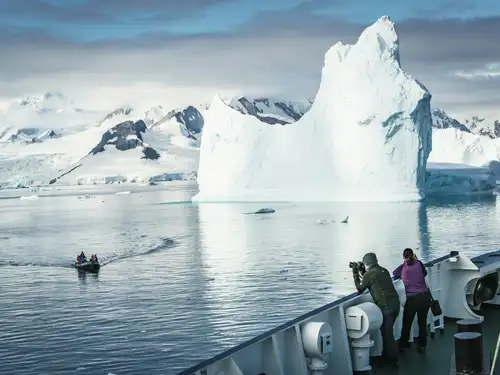
Falklands, South Georgia and Antarctica - Photographic Special
 21 Days / 20 Nights
21 Days / 20 Nights

South Georgia Explorer
 15 Days / 14 Nights
15 Days / 14 Nights

Falkland Islands - South Georgia - Antarctica
 20 Days / 19 Nights
20 Days / 19 Nights

Remote Weddell Sea Explorer incl. South Georgia - South Sandwich Islands - Neuschwabenland - Larsen Ice Shelf - Paulet and Devil Island - Elephant Island, incl. helicopters
 28 Days / 27 Nights
28 Days / 27 Nights

Falkland Islands - South Georgia - Elephant Island - Antarctica - Polar Circle
 23 Days / 22 Nights
23 Days / 22 Nights

Atlantic Odyssey incl. Antarctic Peninsula to St. Helena
 33 Days / 32 Nights
33 Days / 32 Nights

Atlantic Odyssey incl. Antarctic Peninsula to Cape Verde
 43 Days / 42 Nights
43 Days / 42 Nights

Atlantic Odyssey, excl. Antarctic Peninsula
 24 Days / 23 Nights
24 Days / 23 Nights

Atlantic Odyssey excl. Antarctic Peninsula to Cape Verde
 34 Days / 33 Nights
34 Days / 33 Nights

St. Helena to Cape Verde
 11 Days / 10 Nights
11 Days / 10 Nights

Falkland Islands - South Georgia - Antarctic Peninsula - Photography special
 21 Days / 20 Nights
21 Days / 20 Nights

Falkland Islands - South Georgia - Antarctic Peninsula
 21 Days / 20 Nights
21 Days / 20 Nights

Falkland Islands - South Georgia - Antarctic Peninsula - Birding
 19 Days / 18 Nights
19 Days / 18 Nights

Remote Weddell Sea Explorer - incl. helicopters
 28 Days / 27 Nights
28 Days / 27 Nights

Penguins, Albatrosses, Petrels: The Winged Wildlife of South Georgia
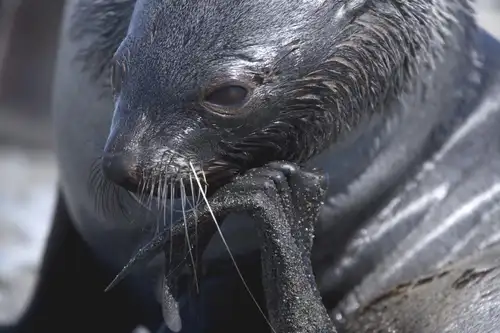
Coming Back from the Brink: The Fur Seals of Antarctica

Cheapest Antarctica Cruises: How to Save on Your Journey
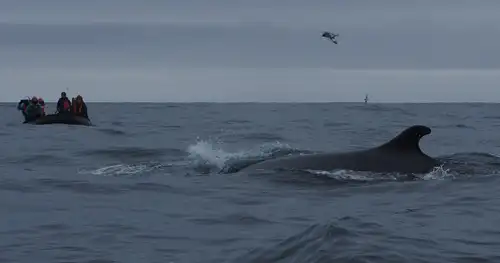
Of Treacherous Rocks & Audacious Fin Whales
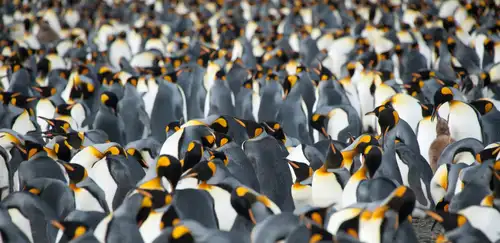
Experience King Penguins, Seals and More in South Georgia
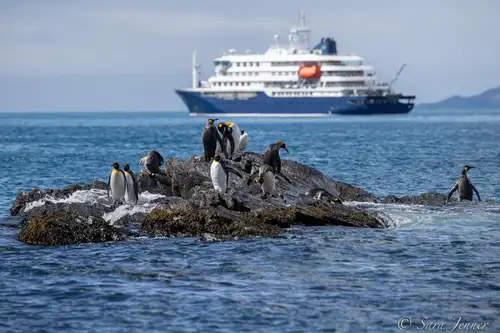
Weddell Sea, Shackleton’s Endurance, and New Swabia
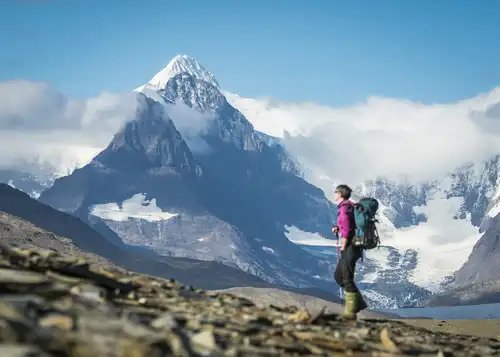
15 Fantastic Photos of Antarctica
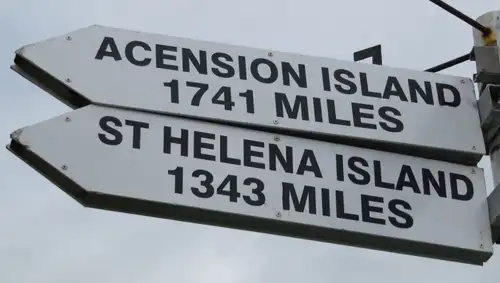
What to pack for your Atlantic Odyssey voyage?
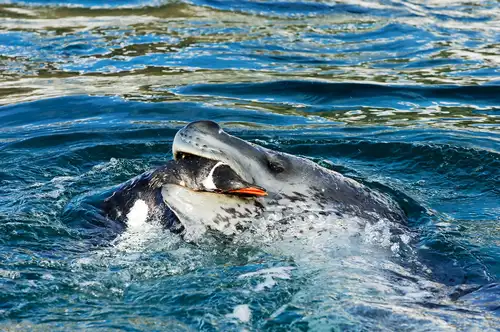
Danger Beneath the Water: 10 Facts About Leopard Seals

Top Antarctica Cruise Experiences for 2025
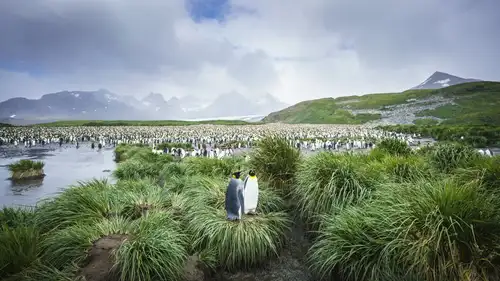
The South Georgia Seven: Hikes, Fjords, Whales, & Penguins
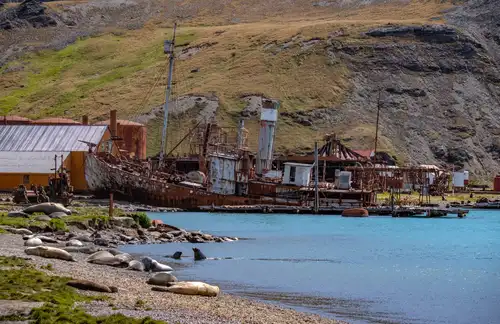
South Georgia Whaling Stations
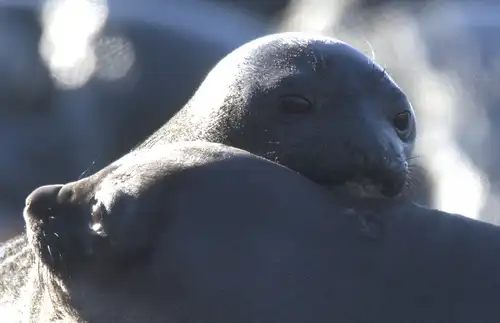
South Georgia in Spring
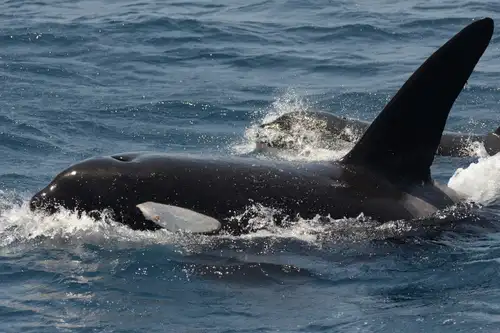
8 Whales You Might See During Your Antarctica Cruise
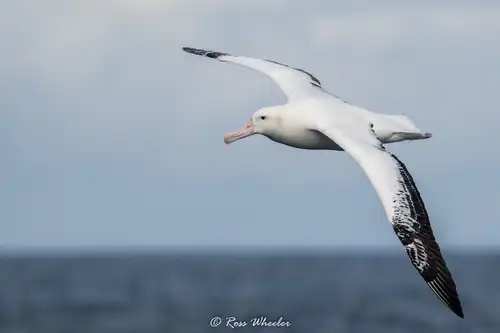
The Eight Albatrosses of Antarctica and the Sub-Antarctic
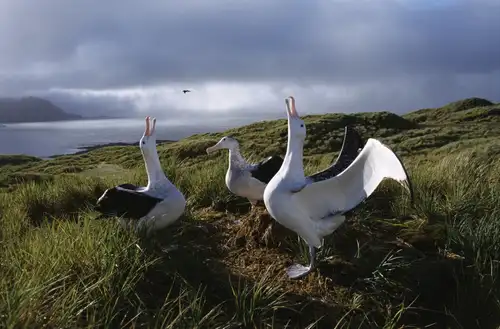
Albatross, penguin and krill research in Antarctica
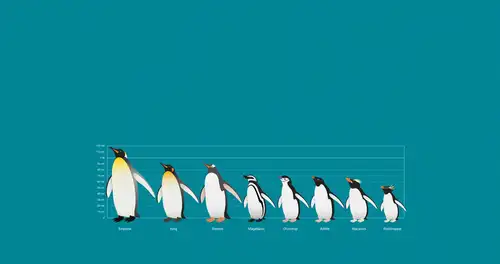
The Eight Great Penguin Species of Antarctica
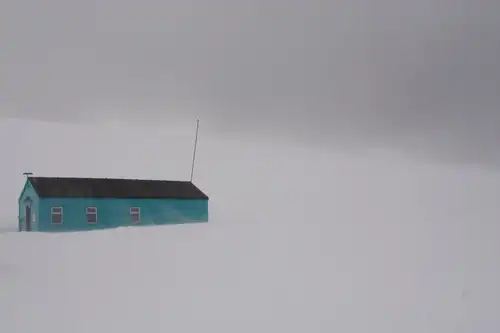
The Research Stations of Antarctica and the sub-Antarctic
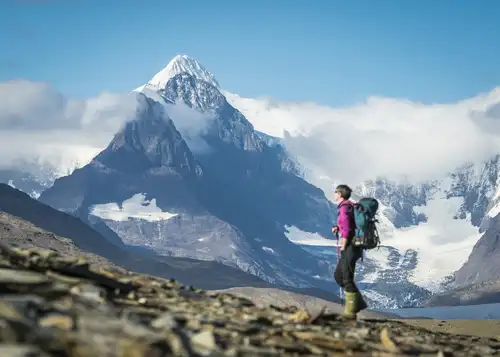
Path of Polar Heroes: Hiking Shackleton’s Historic Route
